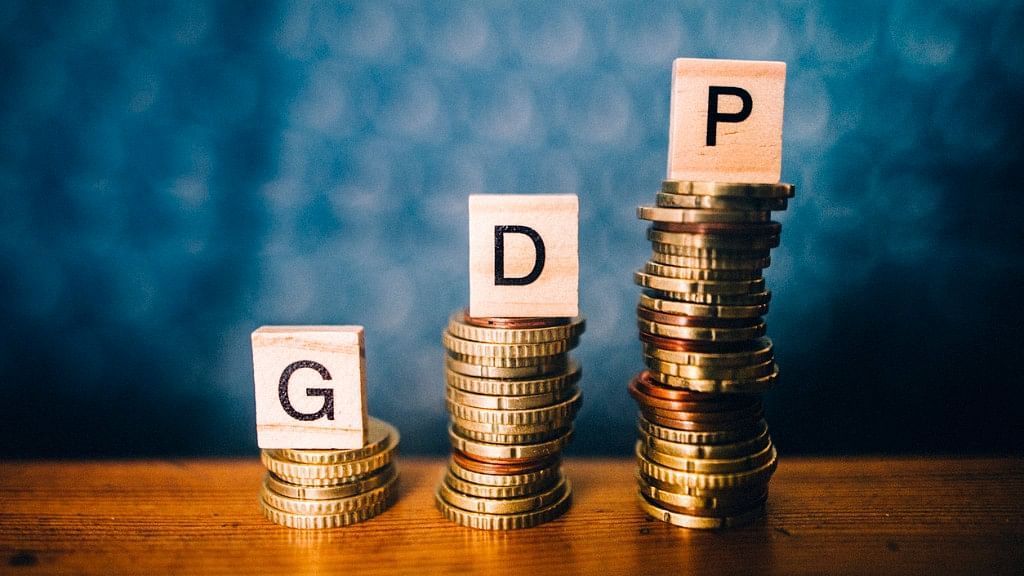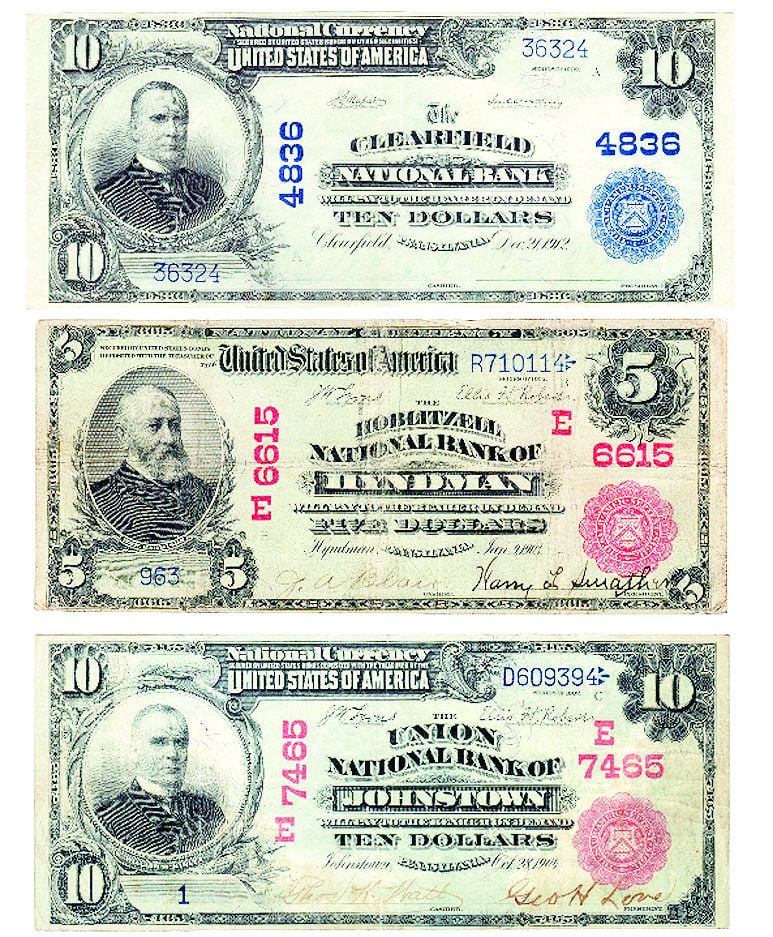

These were the first polymer notes to enter general circulation in the UK. In March 2015, the Clydesdale Bank in Scotland began to issue polymer Sterling £5 notes marking the 125th anniversary of the building of the Forth Bridge. In the United Kingdom, the first polymer banknotes were issued by the Northern Bank in Northern Ireland in 2000 these were a special commemorative issue bearing an image of the Space Shuttle. The polymer notes in the Republic of Mauritius are available in values of Rs 25, Rs 50, Rs 500 and Rs 2,000 rupees. However, President Goodluck Jonathan halted the process in September 2012. In August 2012, Nigeria's Central Bank attempted the switch back from polymer to paper banknotes, saying there were "significant difficulties associated with the processing and destruction of the polymer banknotes" which had "constrained the realisation of the benefits expected from polymer banknotes over paper notes". Modern polymer banknotes were first developed by the Reserve Bank of Australia (RBA) and the Commonwealth Scientific and Industrial Research Organisation or CSIRO and first issued as currency in Australia during 1988, to coincide with Australia's bicentennial year. Tertiary security devices may only be detectable by the issuing authority when a banknote is returned.

Secondary security devices are detectable by a machine. Primary security devices are easily recognisable by consumers and may include intaglio, metal strips, and the clear areas of the banknote. Polymer banknotes usually have three levels of security devices. It was also tested by the Bureau of Engraving and Printing of the United States Department of the Treasury in 19, when 40,000 test banknotes were printed and evaluated and was evaluated by the central banks of 28 countries. It had been tested by the Bank of Canada in the 1980s and 1990s test C$ 20 and C$ 50 banknotes were auctioned in October 2012. In the 1980s, Canadian engineering company AGRA Vadeko and US chemical company US Mobil Chemical Company developed a polymer substrate trademarked as DuraNote. Several countries and regions have now introduced polymer banknotes into commemorative or general circulation, including: Nigeria, Cape Verde, Chile, The Gambia, Trinidad and Tobago, Vietnam, Mexico, Singapore, Malaysia, Botswana, São Tomé and Príncipe, North Macedonia, the Russian Federation, Solomon Islands, Samoa, Morocco, Albania, Sri Lanka, Hong Kong, Israel, China, Taiwan, Kuwait, Mozambique, Saudi Arabia, Isle of Man, Guatemala, Haiti, Libya, Mauritius, Costa Rica, Honduras, Angola, Namibia, Lebanon, the Philippines, and Egypt. Other currencies that have been switched completely to polymer banknotes include: the Vietnamese đồng (2006) although this is only applied to banknotes with denominations above 5,000 đồng, the Brunei dollar (2006), the Nigerian Naira (2007), the Papua New Guinean kina (2008), the Canadian dollar (2013), the Maldivian rufiyaa (2017), the Mauritanian ouguiya (2017), the Nicaraguan córdoba (2017), the Vanuatu vatu (2017), the Eastern Caribbean dollar (2019), the pound sterling (2021) and the Barbadian dollar (2022). Romania was the first country in Europe to issue a plastic note in 1999 and became the third country after Australia and New Zealand to fully convert to polymer by 2003. They were first issued as currency in Australia during 1988 (coinciding with Australia's bicentennial year) by 1996, the Australian dollar was switched completely to polymer banknotes. Modern polymer banknotes were first developed by the Reserve Bank of Australia (RBA), Commonwealth Scientific and Industrial Research Organisation (CSIRO) and The University of Melbourne. Polymer banknotes last significantly longer than paper notes, causing a decrease in environmental impact and a reduced cost of production and replacement. Such notes incorporate many security features not available in paper banknotes, including the use of metameric inks. Polymer banknotes are banknotes made from a synthetic polymer such as biaxially oriented polypropylene (BOPP).

In 1988, Australia was the first country to introduce polymer banknotes for circulation. Banknotes of the Australian dollar in a wallet.


 0 kommentar(er)
0 kommentar(er)
